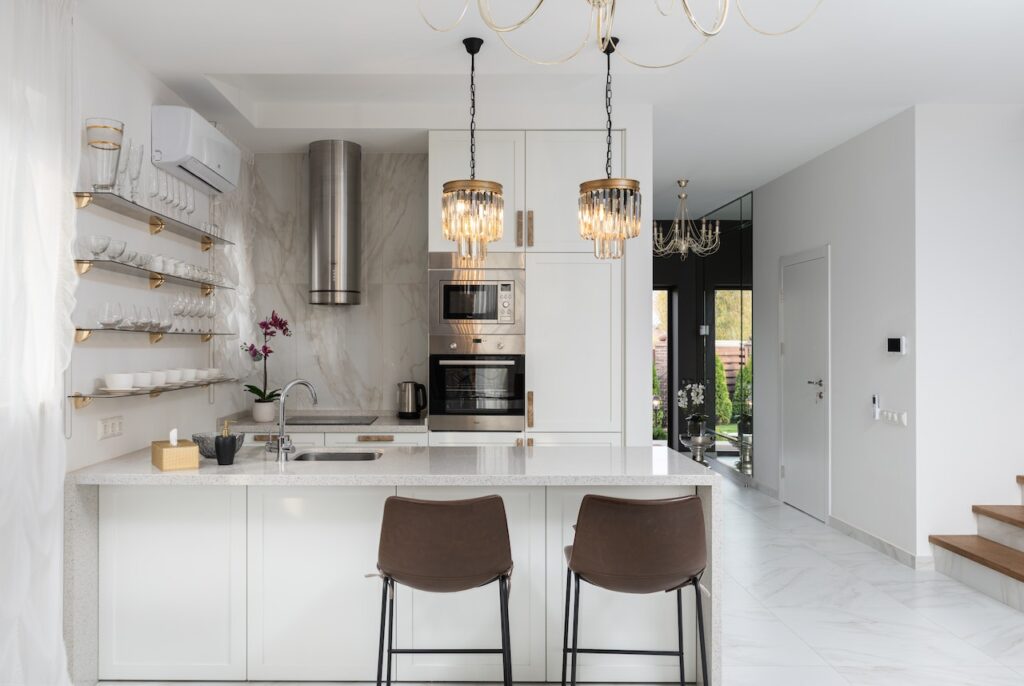Owning short term vacation rentals listed on sites like Airbnb and Vrbo can become overwhelming without the proper systems in place. Between managing reservations across platforms, coordinating cleaning, fielding late night calls – it quickly starts feeling like a full-time job.
Implementing the right processes and strategies allows you to streamline your rental operations, maximize revenue, and make this a more passive, profitable business.
In this comprehensive guide, we’ll cover how to run your short term rentals smoothly…
Step 1: Set Up Software to Automate and Centralize Workflows

The first step is getting software in place to automate repetitive tasks and centralize rental management.
Key tools to implement:
Channel Manager
A channel manager like Guesty enables you to manage all listings, calendars, and messaging in one dashboard versus separately logging into each site. This allows for easier coordination across your units.
Dynamic Pricing Software
Dynamic pricing adjusts your rental rates automatically based on factors like demand, dates, events, and competitor rates. This helps maximize occupancy and yield. Popular platforms include Beyond Pricing and Wheelhouse.
Workflow Automation
Services like Zapier let you automate tasks across platforms. For example, sending automatic welcome messages when new reservations are booked.
Step 2: Create Standard Operating Procedures

With your software configured, the next step is outlining your processes in checklists/documents to keep operations running smoothly.
Key items to document include:
Guest Check-In/Out Procedures
Outline how you’ll share access instructions, check for damages, handle key handovers etc. Consistent procedures ensure smooth check-ins.
Cleaning Checklists
Provide detailed cleaning protocols for tasks like doing laundry, replenishing consumables, reporting issues, etc.
Maintenance Workflows
Outline steps for assessing and addressing maintenance requests, coordinating contractors, and following up on issues.
Step 3: Implement Optimal Pricing Strategies

One crucial aspect of managing short term vacation rentals is pricing correctly to maximize occupancy and income.
Important factors to build into your rate strategy:
Local Lodging Rates
Research comparable area listings on Airbnb, Vrbo etc and price competitively. Being priced too high can mean vacancies.
Seasonality
Adjust pricing based on peak tourist seasons when demand is higher. Raise prices in high summer or winter at ski properties.
Events and Holidays
Increase rates around major events, holidays and popular weekends when demand spikes. New Year’s Eve is a prime example.
Day of Week
Weekend getaways may command higher nightly rates than midweek stays in some markets. Factor this in.
Step 4: Build Reliable Contractor Relationships

Having trusted relationships with local contractors like cleaners, maintenance crews and landscapers is essential for smooth operations.
Tips for fostering great contractor relationships:
- Vet each thoroughly upfront and find contractors with availability to serve your specific properties.
- Set clear expectations through service agreements outlining exact duties and processes to follow.
- Equip them with all supplies, tools, and access required to fulfill requests and complete required tasks.
- Offer incentives for reliability and strong performance over time.
- Make on-time payment a priority so you become a preferred client for them.
Step 5: Manage Communications Professionally

Managing guest messaging 24/7 in a prompt, polite manner is crucial for 5-star ratings and reviews.
Top practices for communication:
- Respond to all inquiries ASAP – within an hour when possible.
- Resolve any issues immediately before or during stays.
- Send a personalized thank you message after checkout requesting an online review.
Step 6: Track Performance Metrics
Analyzing your rental performance helps identify opportunities for improvement.
Key metrics to monitor:
- Occupancy rates
- Top performing units
- Revenue per available day
- Sources of bookings (Airbnb, Vrbo etc)
- Seasonal trends
Step 7: Refresh Your Listings Regularly
Update listings frequently with new professional photos, updated pricing/availability, and improvements to listing texts. This keeps pages ranking well.
Step 8: Outsource Strategically
Outsourcing repetitive management tasks to specialized teams or assistants can free up valuable time and reduce workload.
In summary, implementing key processes around automation, pricing, contractors, analytics and outsourcing makes managing short term rentals much smoother. Follow this comprehensive playbook to streamline operations and maximize rental revenues.





